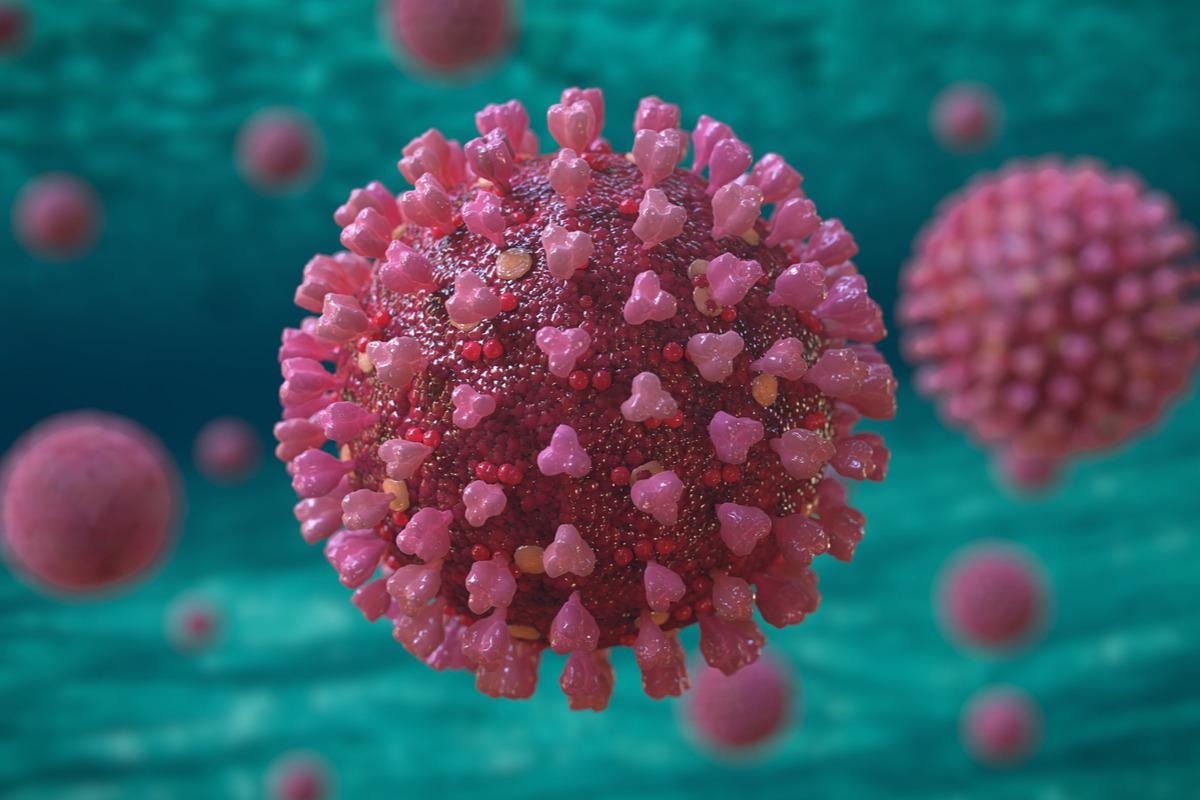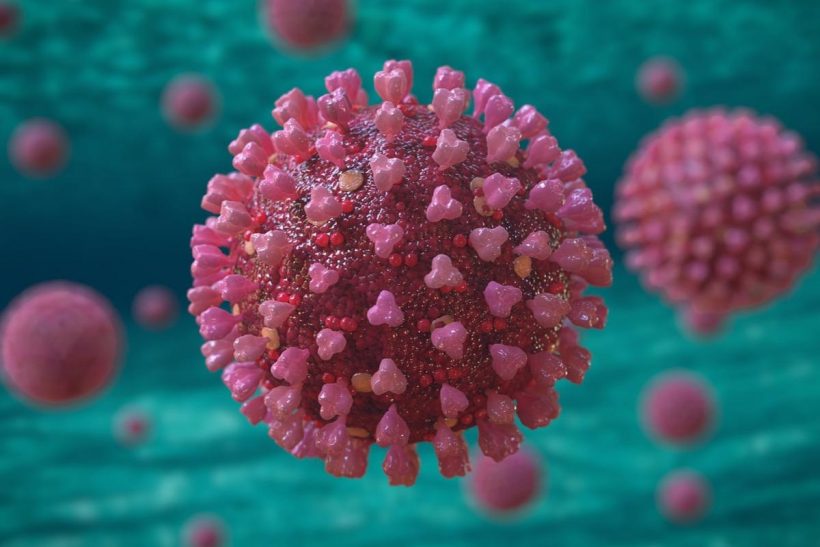Scientists have recently revealed that memory T cell responses to common cold coronaviruses stably persist for a long time. Such responses are associated with a high level of pre-existing immunity against severe acute respiratory syndrome coronavirus 2 (SARS-CoV-2). The study is currently available on the bioRxiv* preprint server.

Background
Common cold coronaviruses are endemic viruses of alpha- and beta-coronavirus families. These viruses have widespread circulation across the globe and cause mild respiratory infections. Phylogenetically, these viruses are related to lethal coronaviruses, including SARS-CoV, SARS-CoV-2, and Middle East respiratory syndrome coronavirus (MERS-CoV).
The antibodies generated against common cold coronaviruses are widely found in humans. Regarding cellular immunity, studies have suggested that T cell responses developed against common cold coronaviruses to some extent cross-react with SARS-CoV-2. The presence of pre-existing SARS-CoV-2-specific memory T cells in SARS-CoV-2 infection-naïve individuals further justifies the observed cross-reactivity. However, the stability and durability of common cold coronavirus-specific T cell responses in the human population are uncertain.
In the current study, the scientists have longitudinally analyzed a panel of pre-pandemic samples collected between 2016 and 2019 to determine antibody and T cell responses developed against common cold coronaviruses and other respiratory viruses (influenza virus, respiratory syncytial virus, and rhinovirus).
Memory T cell responses to common cold coronaviruses
The analysis of blood samples collected longitudinally from 32 participants revealed a robust CD4+ T cell response against common cold coronaviruses in most of the samples. The T cell response primarily corresponded with central memory and effector memory T cells. The frequency of T cell response against common cold coronaviruses was comparable to that observed against other tested viruses.
Further analysis revealed that CD4+ T cell responses developed against common cold coronaviruses and other tested viruses remain stable for a long period. The fluctuation pattern in common cold coronavirus-specific T cell response over time was lower than that observed for the influenza virus. This could be because of the higher frequency of seasonal influenza infections and annual vaccination programs.
Two markers, namely HLA-DR and CD38, were analyzed in the study to determine the recent activation of virus-specific CD4+ T cells. The findings revealed that the percentage of HLA-DR+ and CD38+ T cells against influenza virus is higher than that against common cold coronaviruses. These findings indicate that the frequency of exposure to common cold coronaviruses is relatively lower than that of the influenza virus.
The analysis of common cold coronavirus-specific T cell response patterns in each year of sample collection revealed that the responses are not related to any recent infection or frequent yearly reinfections.
Antibody responses to common cold coronaviruses
Plasma samples collected from participants were analyzed for common cold coronavirus-specific spike receptor-binding domain (RBD) antibodies. The findings revealed a highly stable and durable antibody response to common cold coronaviruses in all participants. The high stability of the antibody response further indicates that the participants are not frequently exposed to common cold coronaviruses during the study period.
Impact of common cold coronavirus-specific T cell response on pre-existing anti-SARS-CoV-2 immunity
Whole-genome sequencing analyses indicate a high level of sequence similarity between common cold coronaviruses and SARS-CoV-2. The analysis conducted in the current study revealed a significant association between common cold coronavirus-specific memory T cell reactivity and SARS-CoV-2-specific pre-existing memory reactivity. In contrast, there was no association between high antibody reactivity to common cold coronaviruses and high pre-existing T cell reactivity to SARS-CoV-2.
Taken together, these findings indicate that the presence of cross-reactive T cell response to SARS-CoV-2 can be predicted from a high level of common cold coronavirus-specific T cell response but not from antibody responses.
Study significance
The study demonstrates that antibody and memory T cell responses developed against common cold coronaviruses are widespread, stable, and durable. A high memory T cell response to common cold coronaviruses is associated with high pre-existing immunity against SARS-CoV-2.
*Important notice
bioRxiv publishes preliminary scientific reports that are not peer-reviewed and, therefore, should not be regarded as conclusive, guide clinical practice/health-related behavior, or treated as established information.
-
Dawen, E. et al. (2022) "Immunological memory to Common Cold Coronaviruses assessed longitudinally over a three-year period". bioRxiv. doi: 10.1101/2022.03.01.482548. https://www.biorxiv.org/content/10.1101/2022.03.01.482548v1
Posted in: Medical Science News | Medical Research News | Disease/Infection News
Tags: Antibodies, Antibody, Blood, CD4, Cell, Cold, Common Cold, Coronavirus, Coronavirus Disease COVID-19, Frequency, Genome, immunity, Influenza, MERS-CoV, Pandemic, Receptor, Respiratory, Respiratory Syncytial Virus, Rhinovirus, SARS, SARS-CoV-2, Severe Acute Respiratory, Severe Acute Respiratory Syndrome, Syndrome, Virus

Written by
Dr. Sanchari Sinha Dutta
Dr. Sanchari Sinha Dutta is a science communicator who believes in spreading the power of science in every corner of the world. She has a Bachelor of Science (B.Sc.) degree and a Master's of Science (M.Sc.) in biology and human physiology. Following her Master's degree, Sanchari went on to study a Ph.D. in human physiology. She has authored more than 10 original research articles, all of which have been published in world renowned international journals.
Source: Read Full Article
